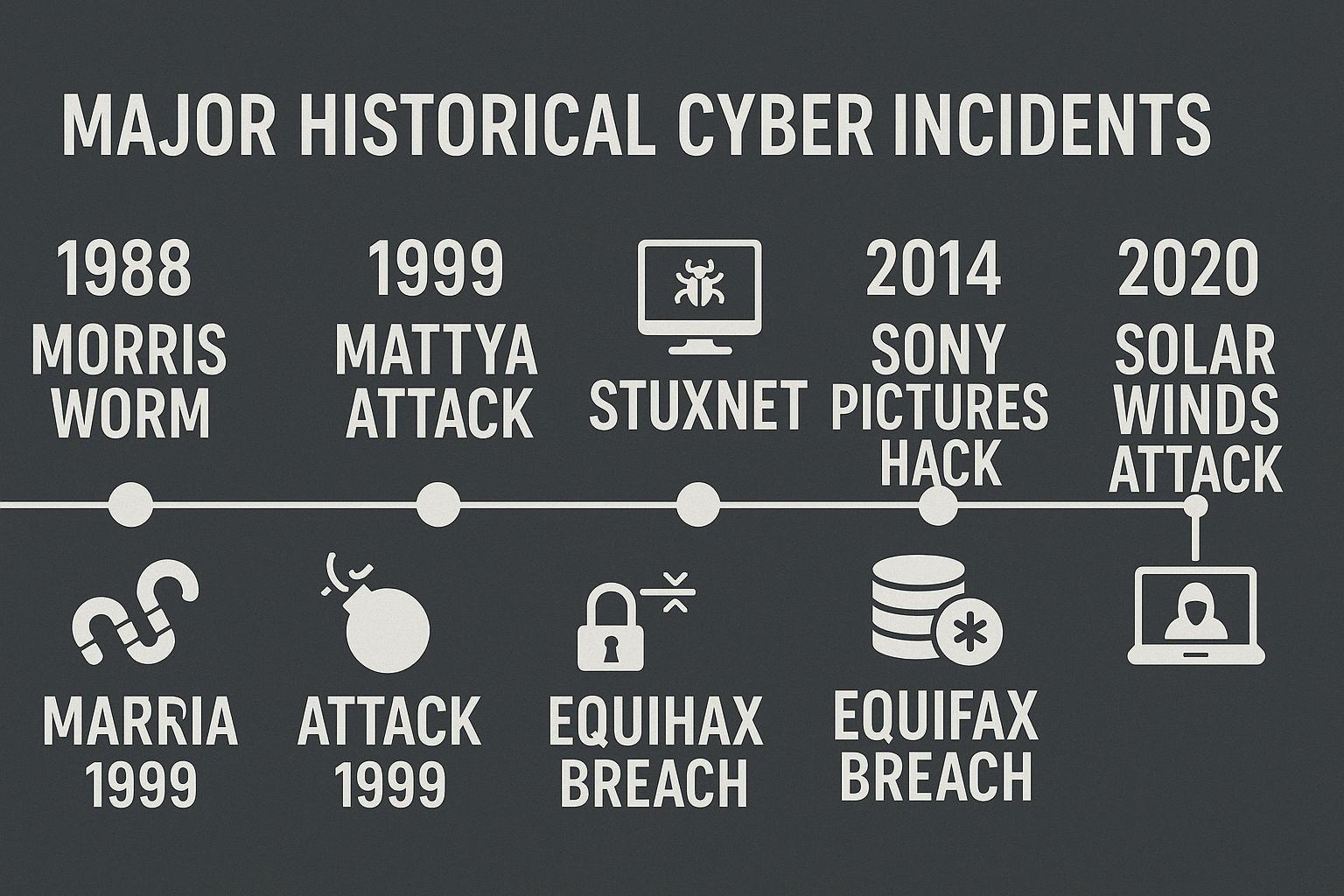While cyber capabilities offer strategic advantages, they also expose significant risks that can threaten national security, civilian safety, and global stability. Cyber-attacks on communication networks present critical challenges that nations must carefully navigate. By understanding these risks comprehensively, societies can better prepare defenses, implement responsive strategies, and mitigate potentially catastrophic outcomes.
Cyber-attacks pose severe threats to national security by directly targeting communication networks vital to military and civilian operations. Critical infrastructure, including telecommunications, satellite communications,
energy systems, and emergency response mechanisms, often relies heavily on robust and uninterrupted communication channels. A successful cyber-attack can cripple these essential services, creating chaos, confusion, and
operational paralysis.
One poignant example occurred during Russia's invasion of Ukraine in February 2022, when the Viasat satellite network was attacked using sophisticated malware called "AcidRain." This attack
disabled modems providing broadband internet, crucially disrupting communication systems across Ukraine and parts of Europe. The consequences extended beyond military disruption, affecting thousands of civilians who lost
access to critical information during a time of crisis. The cyber-attack also indirectly impacted energy management systems, exemplified by a German energy company's loss of monitoring control over thousands of wind turbines,
underlining the interconnected nature of modern infrastructure vulnerabilities.
Cyber-attacks inherently carry the risk of escalation and unintended consequences, often extending far beyond the originally intended targets. A cyber-attack aimed at a specific military or strategic target frequently has widespread
collateral effects, inadvertently impacting civilian infrastructure, economic stability, and international relations.
The Viasat cyber-attack illustrates this phenomenon clearly. Although initially intended to disable
Ukrainian military communication, the malware disrupted civilian satellite communications in multiple European nations, including Germany, France, Hungary, Greece, Italy, and Poland. This broad geographic spillover highlights
the inherent dangers of cyber warfare, where containment of cyber operations is often unpredictable and uncontrollable, raising significant challenges in managing international tensions and conflict escalation.
A significant risk associated with cyber-attacks is the difficulty of accurately attributing responsibility. Cyber warfare provides attackers with anonymity and plausible deniability, complicating responses and accountability
measures. Often, attacks are masked behind proxy servers, compromised devices, and obfuscated digital footprints, making attribution highly challenging.
Attribution issues were evident during various global cyber
incidents. For example, North Korean cyber espionage activities, conducted through sophisticated phishing campaigns and malware deployment, have repeatedly targeted global defense and aerospace industries. Although attribution
eventually became clear through collective efforts by intelligence agencies from the U.S., South Korea, and other nations, the complex and lengthy attribution process illustrates the broader problem of holding perpetrators
accountable swiftly and effectively.
Communication networks handle sensitive information critical for national security, military operations, and civilian services. Cyber-attacks compromising these networks risk unauthorized access to highly classified information,
intellectual property, personal data, and critical operational details. Breaches in information security not only threaten national security but also degrade public trust and confidence in governmental and institutional
capabilities.
Incidents such as North Korea’s extensive espionage campaigns demonstrate this risk vividly. These state-sponsored cyber operations consistently aim to steal classified information from defense, nuclear, and aerospace
entities globally. Compromised data, including sensitive engineering details of satellites, missile systems, and military communication protocols, highlights the profound implications of data security breaches.
Cyber-attacks targeting communication networks frequently facilitate the spread of misinformation and propaganda, intensifying psychological warfare. Attackers often use compromised networks to disseminate misleading or manipulated
information, undermining public confidence, inciting panic, and disrupting societal coherence.
The 2008 cyber-attacks against Georgia showcased this form of warfare explicitly. Alongside traditional military actions,
Russian cyber-attacks disabled Georgian government websites, simultaneously launching widespread propaganda and disinformation campaigns. This dual strategy effectively isolated Georgia, caused confusion, and disrupted
coherent national responses, exemplifying how cyber-attacks enhance traditional warfare tactics by exploiting communication vulnerabilities.

To better comprehend the risks posed by cyber-attacks on communication networks, a visual timeline could effectively highlight significant historical incidents:
This timeline underscores the evolving scale, scope, and complexity of cyber threats, clearly illustrating the pressing need for enhanced cybersecurity measures.
By recognizing and thoroughly understanding these risks,
societies and governments can better prepare comprehensive cybersecurity frameworks, strategic response capabilities, and international collaboration to effectively safeguard critical communication infrastructure against
evolving cyber threats.